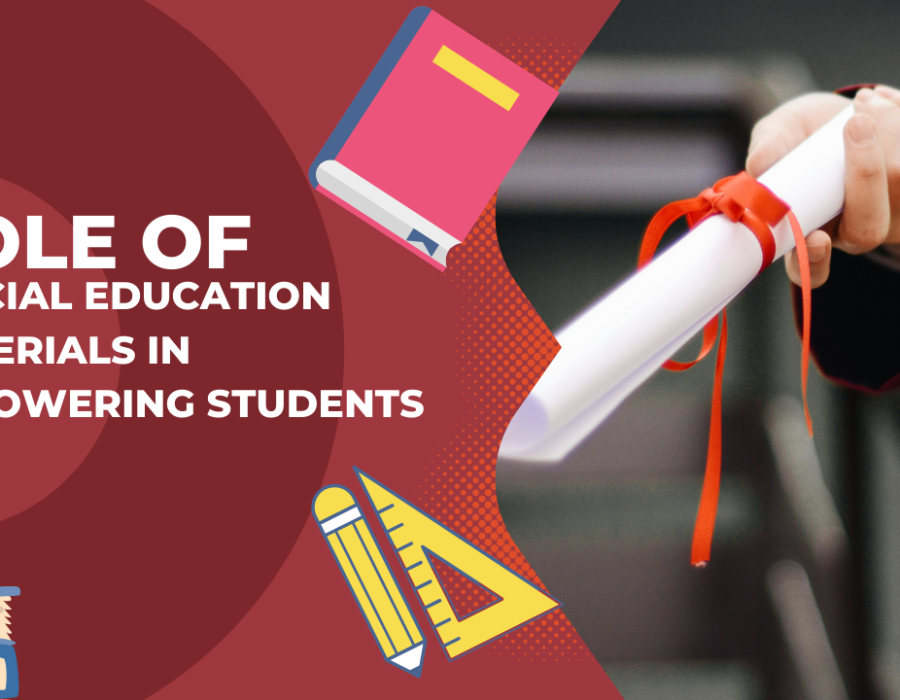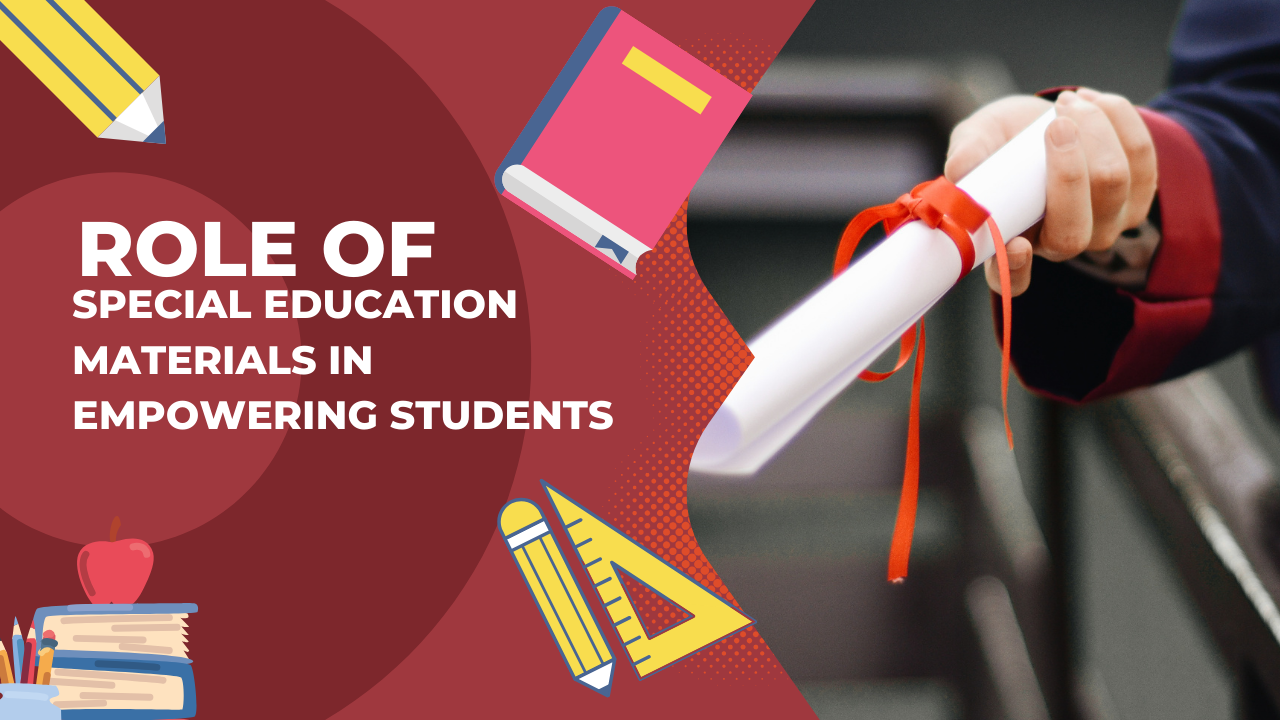In the dynamic landscape of education, the role of Special Education Materials stands as a beacon of inclusivity and empowerment for students with unique learning needs. These specialized resources play a pivotal role in creating an environment where every student, regardless of their abilities, can thrive academically and personally. This blog explores the significance of materials tailored for special education students, shedding light on their importance and the transformative impact they have on the educational journey.
Tailoring Education to Diverse Needs:
Special Education Materials encompass a diverse range of tools and resources meticulously crafted to address the individual needs of students with disabilities. From adaptive technologies to modified teaching aids, these materials aim to provide a customized learning experience. Recognizing and catering to diverse learning styles and abilities is at the core of these resources, fostering an environment where every student feels supported and valued.
Adaptive Technologies:
One of the key components of Special Education Materials is the integration of adaptive technologies. These cutting-edge tools, such as speech-to-text software, screen readers, and interactive applications, are designed to level the playing field for students with disabilities. By leveraging technology, educators can enhance accessibility, making educational content more comprehensible and engaging for students with varying needs.
Visual and Tactile Learning Aids:
Visual aids and tactile materials play a crucial role in making learning more tangible for special education students. Charts, diagrams, and hands-on materials cater to different learning styles, ensuring that information is conveyed in a way that resonates with each student. These aids not only enhance understanding but also contribute to a more interactive and participatory learning experience.
Modified Curriculum Content:
Adapting curriculum content to suit the diverse needs of special education students is another key aspect of these materials. Whether through simplified language, alternative formats, or supplementary support materials, the goal is to ensure that the curriculum is accessible to every learner. This modification promotes engagement, boosts confidence, and ultimately contributes to a positive learning experience.
Fostering Independence and Confidence:
Special Education Materials go beyond providing support; they actively contribute to fostering independence and building confidence in students with disabilities. When students have access to tools that align with their abilities, they are empowered to navigate their educational journey with a sense of autonomy. The positive reinforcement derived from achieving milestones with the help of these materials plays a vital role in nurturing self-esteem and a belief in one’s capabilities.
Impact on Academic Success:
The impact of Special Education Materials extends to academic success. Research consistently demonstrates that when students have access to tailored resources, their academic performance improves. These materials provide the scaffolding necessary for students to grasp concepts, participate in class, and showcase their true potential.
Conclusion:
In conclusion, the significance of Special Education Materials for students with unique learning needs cannot be overstated. These materials are not just tools; they are pathways to inclusivity, empowerment, and academic success. By embracing the tailored support offered by these resources, educators pave the way for an educational journey where every student can unlock their full potential. As we continue to champion inclusive education, let us recognize the transformative role that Special Education Materials play in shaping a brighter future for all learners.






Comments